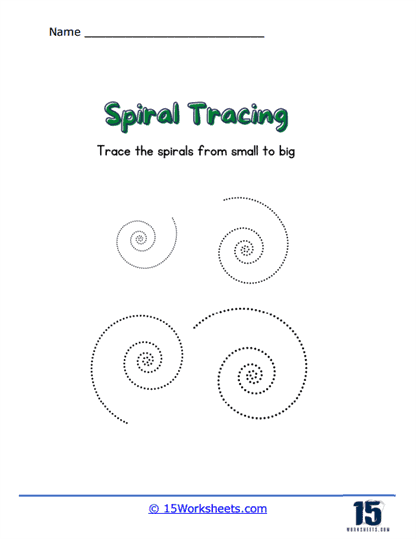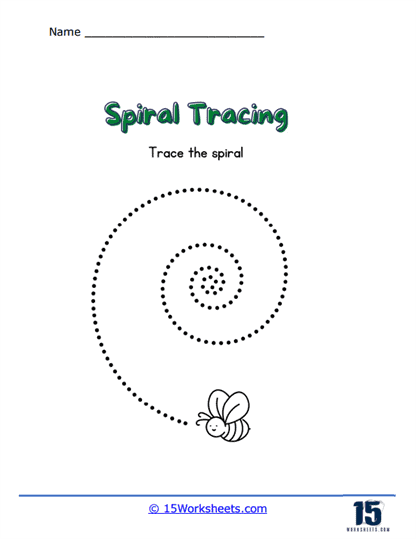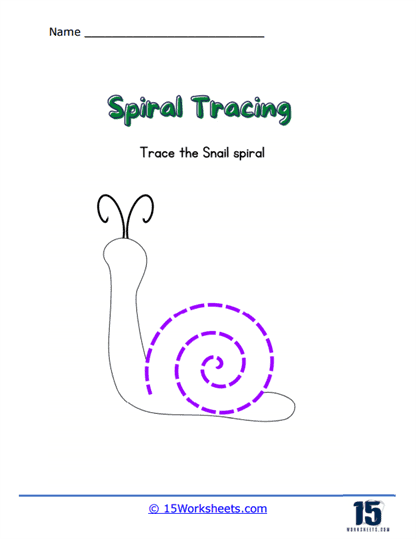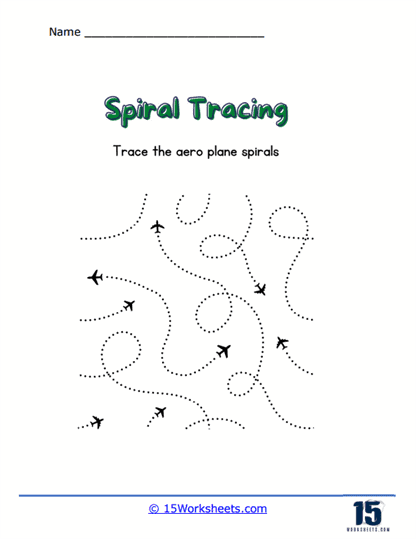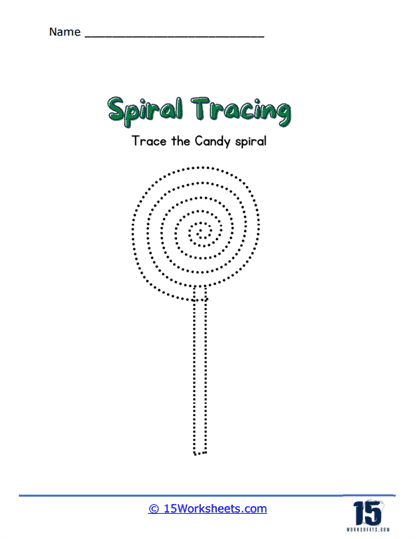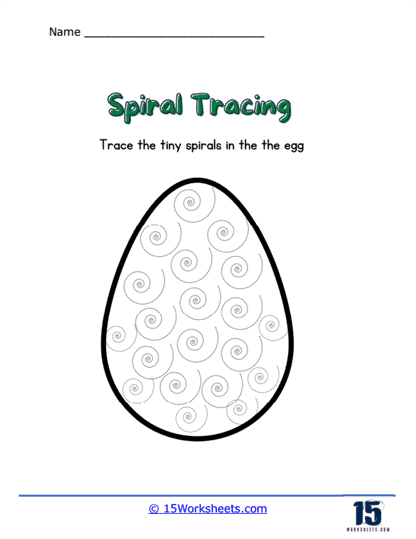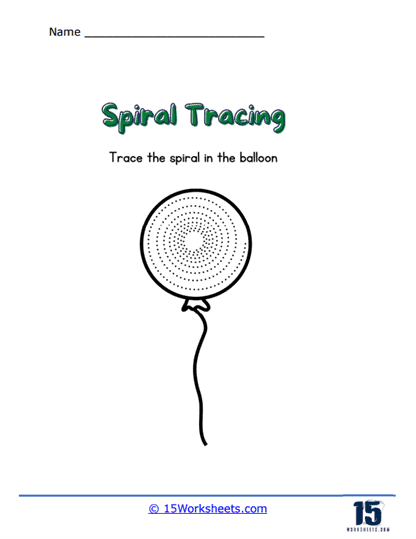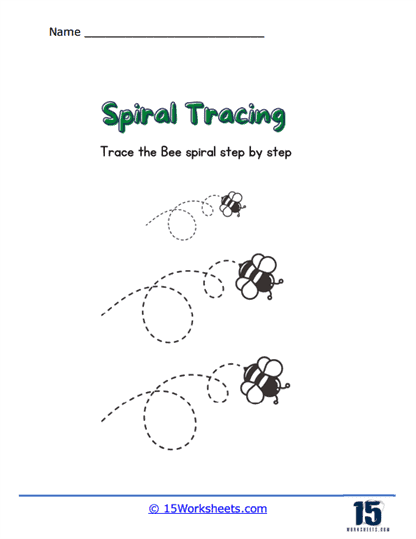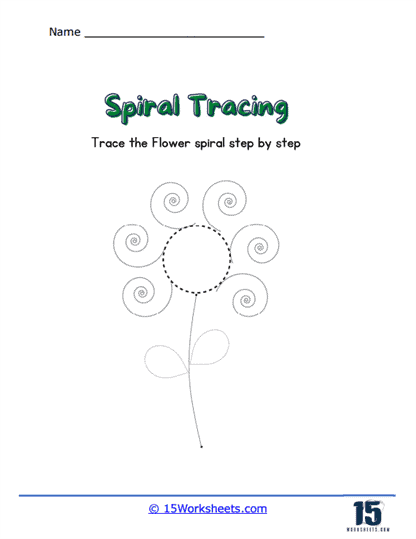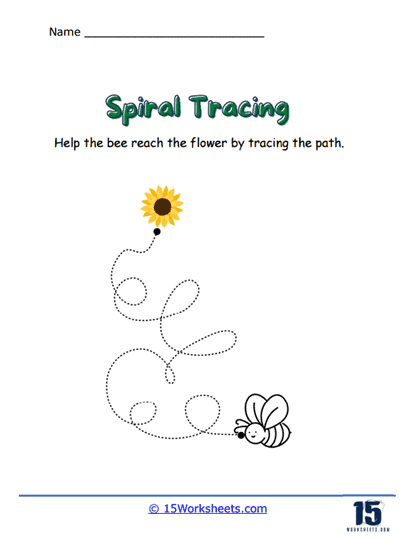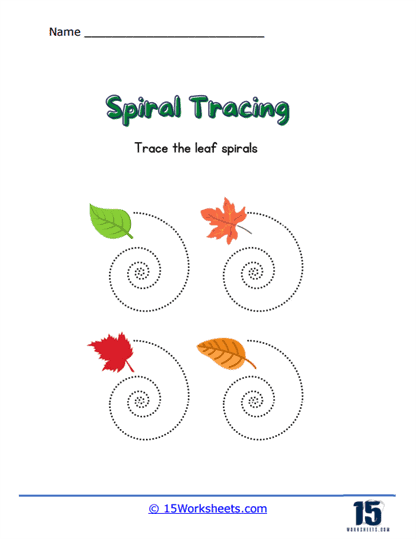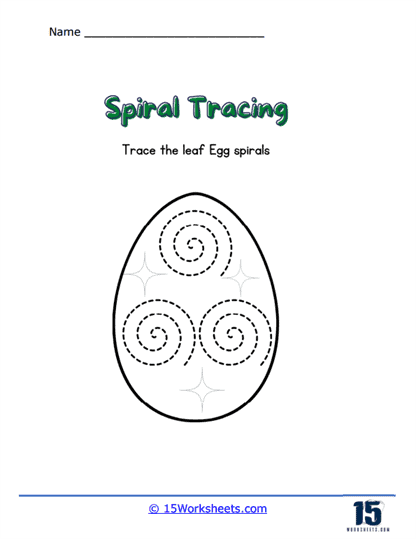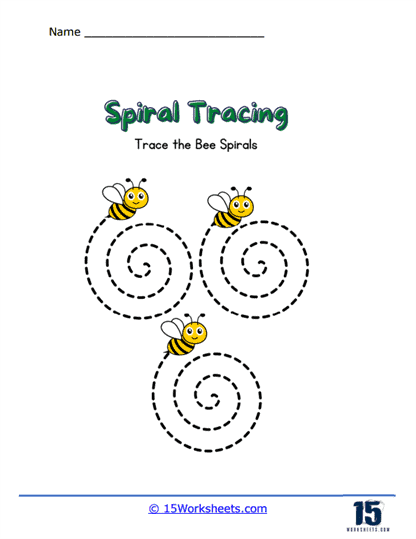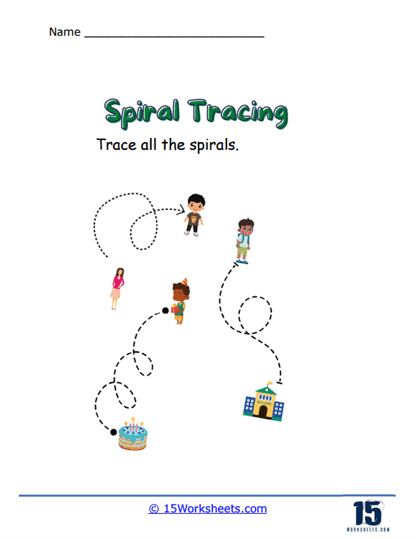Drawing Spirals Worksheets
What Are Drawing Spiral Worksheets?
Drawing Spiral worksheets are educational resources designed to help children practice their fine motor skills, hand-eye coordination, and creativity by drawing spirals. These worksheets typically include various spiral templates or prompts that encourage children to create spiral patterns or shapes.
Some common elements of Drawing Spiral worksheets may include:
Pre-drawn Spiral Templates – Worksheets may provide pre-drawn spiral templates that children can trace or color to practice their fine motor skills and hand-eye coordination.
Blank Spiral Templates – Worksheets can include blank templates with a starting point, encouraging children to create their own spiral patterns or shapes.
Spiral Art Prompts – Worksheets may feature prompts that encourage children to create artistic designs or patterns using spirals, which can help develop their creativity and imagination.
Guided Spiral Drawings – Worksheets might provide step-by-step instructions for creating specific spiral patterns or shapes, allowing children to practice following directions while enhancing their drawing skills.
Spiral Mazes – Worksheets can incorporate spiral mazes that challenge children to navigate through the spiral pattern, helping develop their problem-solving skills and hand-eye coordination.
Drawing Spiral worksheets can be used in various settings, such as classrooms, therapy sessions, or at home, and can be adapted to suit different age groups and developmental levels. These worksheets help children develop essential fine motor skills, hand-eye coordination, creativity, and problem-solving abilities while engaging in a fun and visually appealing activity.
How Drawing Spirals Help Students
Drawing spirals can provide several benefits to students, helping them develop and strengthen various skills. Some of the key advantages of drawing spirals for students include:
Fine Motor Skills Development – Drawing spirals requires students to control their hand movements precisely, which helps improve their fine motor skills. This development is crucial for tasks such as writing, cutting, and other activities that involve hand-eye coordination.
Hand-eye Coordination – Drawing spirals requires students to coordinate the movements of their hands and fingers with what they see on the paper. This practice enhances hand-eye coordination, which is essential for various daily activities and sports.
Spatial Awareness – Drawing spirals helps students develop spatial awareness, as they need to understand the relationship between the lines and curves they draw to create the spiral pattern. This skill is vital for tasks such as reading maps, solving puzzles, and understanding geometry.
Creativity and Imagination – Drawing spirals can inspire students to create unique patterns, shapes, or designs, encouraging them to use their creativity and imagination. This creative expression can boost self-confidence and foster a love for art and design.
Focus and Concentration – Drawing spirals requires focus and attention to detail, as students must carefully control their hand movements to create the desired pattern. This practice can improve concentration and patience, which are essential for success in academics and other areas of life.
Relaxation and Stress Relief – Drawing spirals can have a calming and meditative effect on students, as they focus on creating the repetitive patterns. This activity can provide a mental break and help relieve stress or anxiety, which can be especially beneficial in a classroom or learning environment.
Following Directions – When students follow guided spiral drawing instructions, they practice their ability to follow directions and pay attention to details. This skill is essential for success in school and other aspects of life.
Incorporating drawing spirals into educational settings can offer students a fun and engaging way to develop essential skills while providing an opportunity for creative expression and stress relief.

